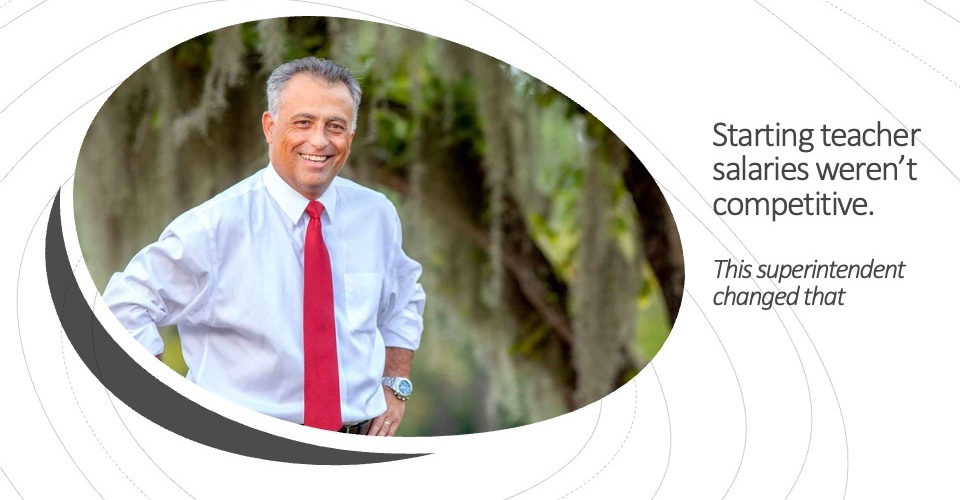Chronic absenteeism has eased some from post-pandemic highs, but it remains more severe in districts that, even pre-COVID, had been struggling most to keep kids in school.
“Even though nearly every school returned to in-person instruction over two years ago, many students have not fully returned to school in earnest,” writes researcher Nat Malkus, senior fellow and deputy director of education policy studies at the American Enterprise Institute. “The urgent need to recover from pandemic learning loss will be severely hampered by current rates of chronic absenteeism, making it the most pressing post-pandemic problem in public schools.”
Chronic absenteeism skyrocketed during COVID, from 15% in 2018 to 28% in 2022. And while attendance rates have improved in 33 of the 39 states for which 2023 data was available, chronic absenteeism remains 75% higher than it was before the pandemic, Malkus writes in his report, “Long COVID for Public Schools.”
DA’s “Talking Out of School” Podcast is now live! Join the District Administration editorial team and special guests every Wednesday as they discuss their experiences, strategies and forecasts for K12 education.
And the problem continues to be most serious in the most vulnerable districts—those with low achievement and higher poverty. In 2022, nearly 40% of Black students and more than a third of Hispanic students were chronically absent, compared to 24% of white students and 16% of Asian students, Malkus notes.
Chronic absenteeism among Black and Hispanic students also increased by higher rates during the pandemic. “Surging chronic absenteeism is not a pandemic problem but a post-pandemic problem,” Malkus contends.
Recovering from chronic absenteeism
There is no indication that chronic absenteeism will fall sharply in the coming years, which means current attendance rates could be “the new post-pandemic baseline,” Malkus continues.
“While the nature of pandemic learning loss requires instructional solutions … post-pandemic chronic absenteeism looks more like a cultural problem,” he adds. “During the pandemic, altered school practices loosened established norms for school attendance, and over the past few years, students and families have grown accustomed to these new norms.”
Remote learning and quarantines harmed students’ sense of belonging at school and broke daily attendance routines for children and their parents. Malkus also suggests that a lower-quality instructional experience during lockdowns made school seem less important. School leaders will therefore need “both carrots and sticks to address the problem,” he posts.
Superintendents and their teams will have to strengthen school climate in ways that restore students’ sense of belonging and offer positive reinforcements for attendance. They also will have to provide transportation assistance to struggling families and ramp up communications campaigns around absenteeism. Leaders will also have to make clear the academic and even legal consequences for truant students and their families.
But there is one member of school staff who will have the biggest impact on rebuilding attendance, Malkus asserts.
“No combination of counselors, central office staff, emailed announcements, truancy officers, and superintendents will be able to provide the effective communication and demonstrate the concern that teachers can,” he concludes. “We can empathize with beleaguered teachers who bear substantial daily burdens and have limited capacity for another responsibility and still see that their engagement is necessary for substantial cultural change in schools and the accompanying improvements in student attendance.”









